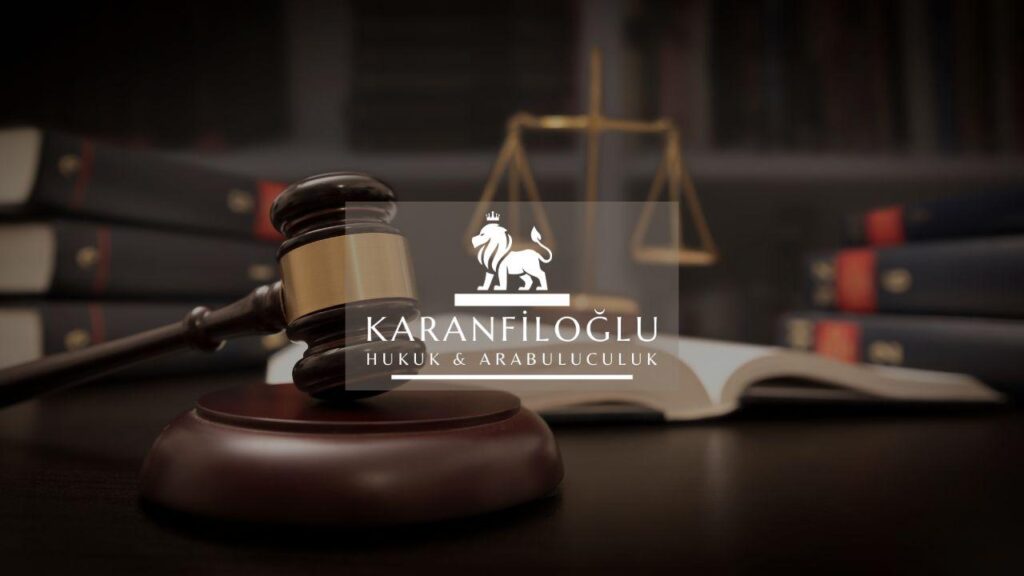Mediation processes are stepping stones in the journey of dispute resolution. Yet, when is mediation mandatory? Many parties tumble across this crossroad, often wondering about the precise mediation requirements. In some scenarios, the law mandates mandatory mediation before proceeding to court. Think of it as a necessary pit stop for conflict negotiation. The obligation varies with jurisdictions and types of disputes. For instance, certain family law issues or minor business disputes may require a meditation session. Recognizing when to mediate is akin to knowing when to call for backup in a conflict. With disputing parties frequently opting for mediation first, it serves as a beacon of hope for peaceful solutions. Waiting for a courtroom battle isn’t always the answer. Understanding the mandatory bounds of mediation processes, therefore, is crucial. With stakes often high, knowing the when, where, and how can change the outcome of a dispute.
Understanding the Legal Framework Surrounding Mandatory Mediation
Navigating the legal framework of mandatory mediation can feel like deciphering a complex puzzle. This step in mediation processes is often driven by clearly defined laws and mediation requirements that vary widely. Imagine the legal landscape as a map—each jurisdiction, a unique territory with its own rules on when to mediate. Some countries legislate it for civil disputes, while others might enforce it in family conflicts. The essence of these regulations rests on one core belief: that dispute resolution aims to avoid court clashes. With mandatory mediation, there’s a predetermined route marked out, urging parties to engage in dialogue first. This not only eases burdens on court systems but also fosters amicable solutions. Understanding this legal framework isn’t merely about compliance; it’s about recognizing an integral part of today’s dispute resolution strategies.
Delving deeper into the mediation processes, it’s vital to grasp how mandatory mediation is woven into the legal tapestry. Laws governing these processes differ like night and day between regions. Some areas weave mediation requirements tightly into their legal fabric, making them compulsory for particular disputes. Public policy often holds this approach in high esteem, aiming to avert the often cumbersome path of courtroom litigation. By embracing mandatory mediation, parties unlock a structured path, promoting transparency and fostering genuine dialogue. This isn’t merely about jumping through legal hoops. Instead, it’s about paving the way for dispute resolution that encompasses understanding and cooperation. Knowing when to mediate insures parties don’t miss this critical step. Grasping these nuances empowers individuals to harness mediation effectively, not just for compliance, but for achieving effective resolutions.
Grappling with the intricacies of mediation processes and their legal framework reveals a tapestry of mediation requirements. These guidelines often sketch a clear picture of when to mediate. In numerous jurisdictions, laws are crafted not just for orderly procedure, but for steering disputing parties towards collaborative dispute resolution. A mandatory mediation session might seem like a curveball when used to litigation. However, it is a compass, guiding parties away from contentious courtrooms and into open dialogue. By navigating the multifaceted landscape of mandatory mediation, individuals align themselves with a growing trend towards resolution and rapport. Regulations are not walls, but bridges, spanning the divide in conflicts. Recognizing these rules of engagement isn’t just a matter of necessity; it’s an opportunity to transform disputes into discussions. Engaging with this framework is key to unlocking smoother solutions, making dispute resolution not only possible, but also productive.
The Role of Mediation in Dispute Resolution: A Comprehensive Overview
Mediation processes play a pivotal role in dispute resolution by offering a path less trodden than a courtroom. Utilizing mediation requirements properly is often the key to unlock peaceful outcomes. By engaging in mediation, disputing parties experience a platform where dialogue gains precedence over shouting matches. It’s a safe harbor in the stormy sea of disagreements. Knowing when to mediate can prevent unnecessary escalations. In many situations, mandatory mediation acts as a valuable precursor to litigation. Before stepping onto the battleground of legal confrontation, this process often serves as a much-needed pause. Disputes covering areas such as personal relationships or business contracts frequently benefit from this approach. Mediation provides an opportunity to hear both sides in an environment designed for fairness and compromise. The role of mediation isn’t a footnote in dispute resolution—it’s a headline act that can guide conflicts toward harmonious conclusions.
Mediation processes serve as the compass in the tangled forest of dispute resolution. By grasping mediation requirements, parties can adjust their course toward an amicable outcome. Mandatory mediation, when imposed, nudges conflicting sides into a room, encouraging dialogue and cooperation. It often becomes a bridge that spans the divide between tension and tranquility. Knowing when to mediate can dissolve barriers, making way for understanding. Disputes over family quarrels or business wrangles are prime examples where such intervention transforms the narrative. Instead of battling through prolonged legal proceedings, parties find themselves in a space focused on resolution. This construct of mediation isn’t just another step—it reframes discord, offering endless potential for peace. As disputing parties embark on this journey, the role of mediation shines through, revealing its potential to streamline dispute resolution practices, prevent unnecessary confrontations, and create lasting resolution paths.
Mediation processes carve out a distinctive place in dispute resolution, acting like a lighthouse guiding ships through fog. They shine a light on understanding and compromise. By adhering to mediation requirements, parties are equipped with tools to tackle disagreements effectively. Mandatory mediation serves as a critical checkpoint, offering a fresh perspective before delving into deeper conflicts. Knowing when to mediate enables parties to address issues early, preventing them from snowballing into larger problems. This foresight is especially useful in realms like commercial disagreements or familial discord, where emotions can eclipse rationality. By opting for this approach, parties often find themselves navigating waters of empathy rather than hostility, crafting solutions that satisfy all involved. Understanding mediation as a cornerstone in dispute resolution frequently opens paths to accord. It’s an evolving dance of negotiation, where each step taken with intent and clarity redefines the dance floor, leading to a harmonious outcome.
Determining Circumstances That Necessitate Mediation
Understanding the situations that call for mediation processes can transform how disputes are managed. Some sectors of law make mandatory mediation unavoidable, highlighting its growing importance in dispute resolution. But knowing when to mediate can be a game-changer. Picture a heated argument in a bustling marketplace. Before it escalates, a wise soul steps in, offering a chance for dialogue. That’s what mediation does when sparks fly. Various factors such as the nature of the conflict, the relationship between parties, and legal guidelines dictate mediation requirements. For example, in some regions, before a family dispute reaches a judge’s ear, parties must explore mediation. It’s like ensuring debates turn into discussions, not arguments. This step does more than cool tensions; it offers solutions without the courtroom’s hefty price or emotional drain. So, identifying when and where mediation fits is as pivotal as the resolution itself.
When identifying circumstances that necessitate mediation, clarity is essential. Think about it like weather warnings: knowing when to carry an umbrella. Some disputes, by law, demand mandatory mediation. But how does one decipher these moments? The legal landscape provides guidance, setting clear boundaries on mediation requirements. For example, local regulations might declare when to mediate, especially in cases of smaller civil or community conflicts. This structured approach streamlines dispute resolution and minimizes courtroom clutter. Can you imagine courts dealing with every disagreement under the sun? Mediation steps in to save time and resources, solving problems peacefully. It’s both shield and compass, guiding parties through troubled waters. By grasping specific triggers for mandatory mediation, disputing entities gain a critical edge. It’s not just about conflict negotiation—it’s the art of knowing when mediation is the prudent path.
Deciphering when mediation processes are necessary turns complexity into clarity. Like a sailor reading the wind, understanding when to mediate ensures you navigate the seas of disputes effectively. In both personal and professional arenas, mandatory mediation often pops up as a legal checkpoint. Consider neighborhood tiffs or work disagreements—moments when mediation steers the ship. Legal guidelines are your compass, signaling mandatory mediation at junctures of irreconcilable differences. Some jurisdictions outline mediation requirements as meticulously as a roadmap. They illustrate when to shift gears toward peaceful discussions, avoiding the courtroom’s heavy hand. This foresight in dispute resolution sheds light on a proactive path, one that prioritizes harmony and practical outcomes. Recognizing these critical shores in conflict can be the lighthouse needed for those lost at sea, seeking amicable resolutions without the stormy litigation gales. It’s not just a choice; it’s a wise progression toward serene solutions.
Disclaimer: This article is for general informational purposes only and you are strongly advised to consult a legal professional to evaluate your personal situation. No liability is accepted that may arise from the use of the information in this article.







